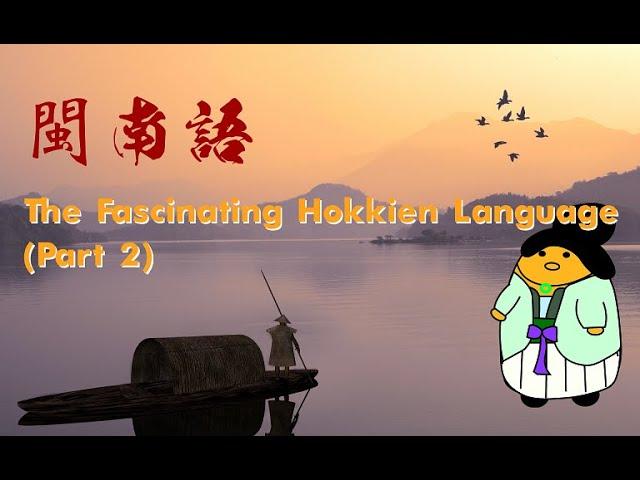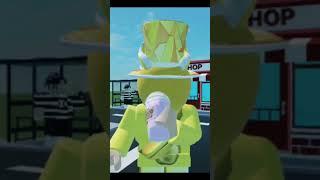
The Fascinating Hokkien Language (Part 2)
Комментарии:
The Fascinating Hokkien Language (Part 2)
FunChineseHistory
Подвожу итог эксперимента по обрезке томатов в рассаде.
Ирина Каткова
manzanita nunca tubo que probar esa bebida #roblox #shorts
soy manzanita D
Полезное упражнение для пожилых людей
Клиника Регенеративной Терапии
ഡെയിലി ഫ്രീ പ്രോഡക്റ്റ് - പാക്കിങ് ജോലി - സാലറി + 5000 ഓരോ 15 ദിവസം കൂടുമ്പോഴും #onlinejob
YWIW WORK FROM HOME DEPARTMENT
PROдажи курса по выходу на OZON скоро закроются, ссылка в описании канала
Степан Астапов. Обучение по Ozon
Город Киров - культура и искусство
Галерея Прогресса


























